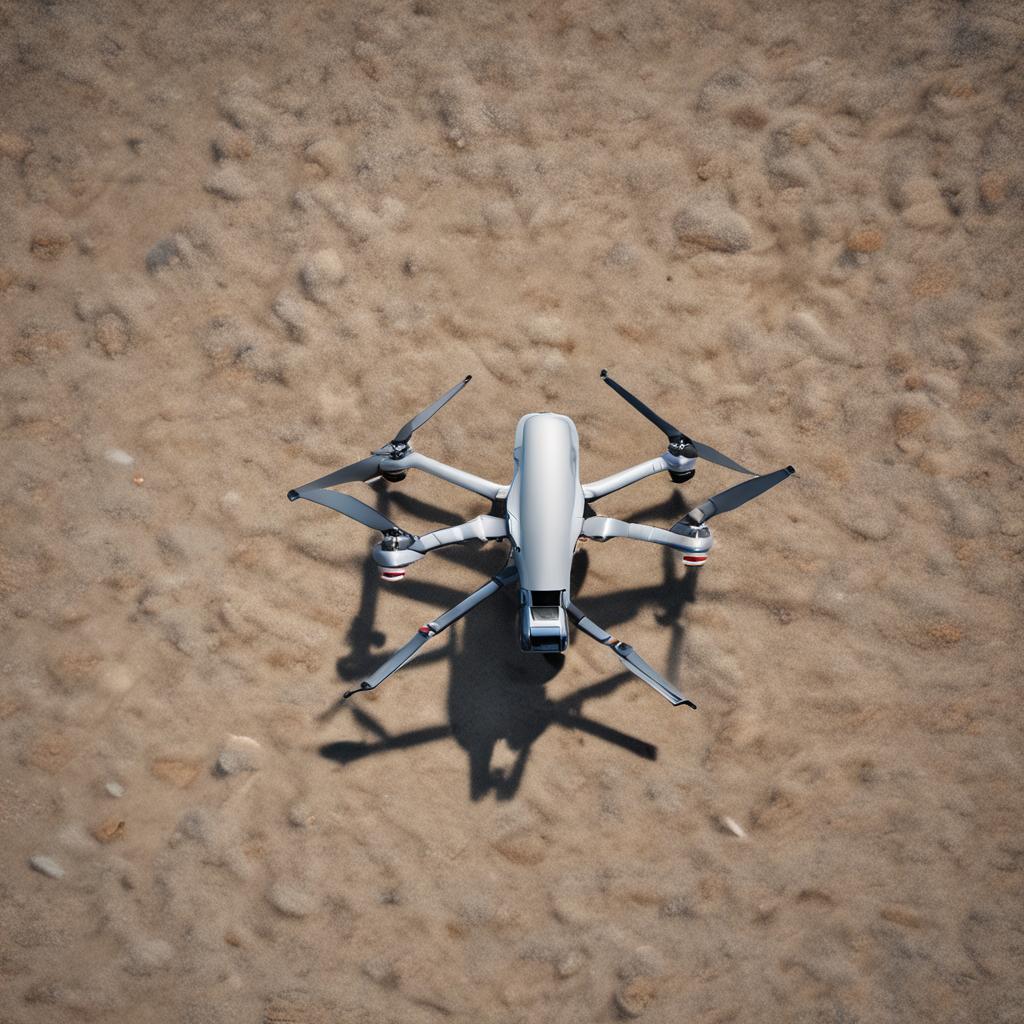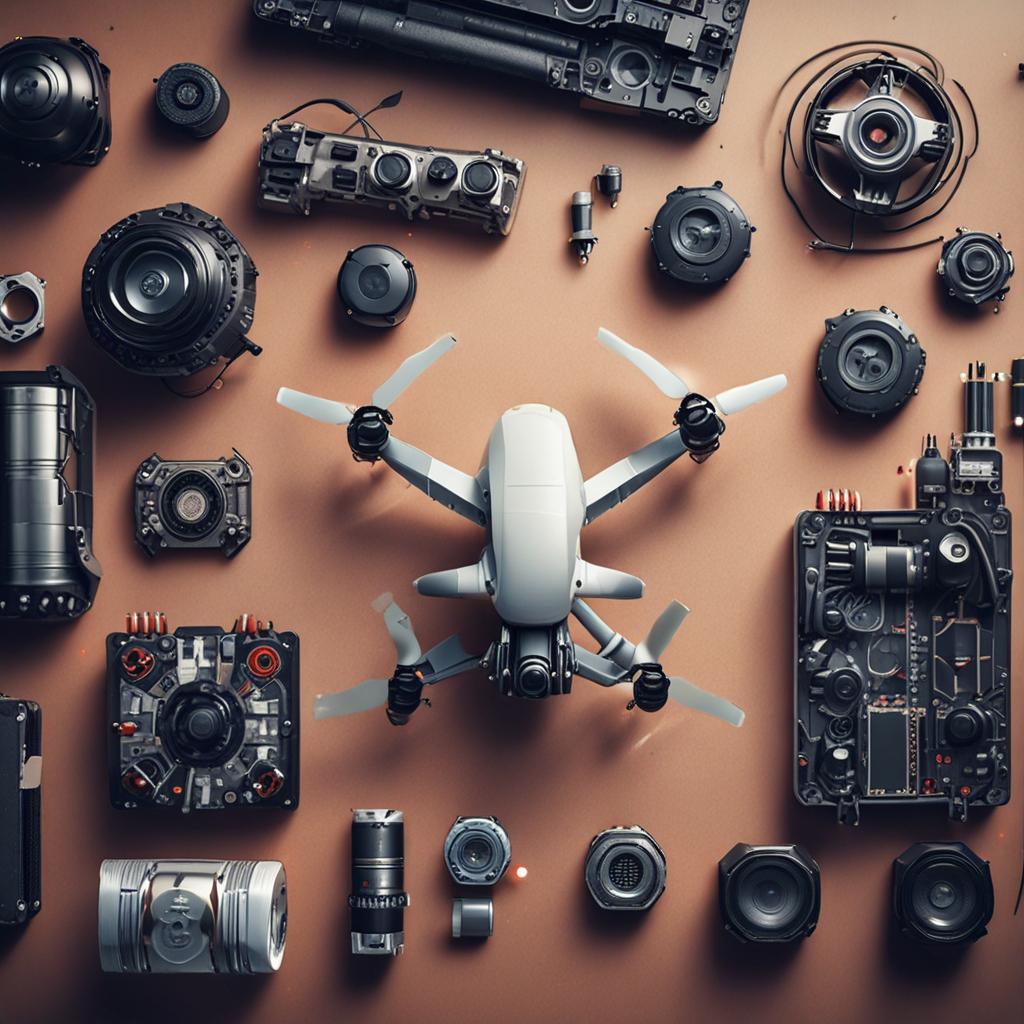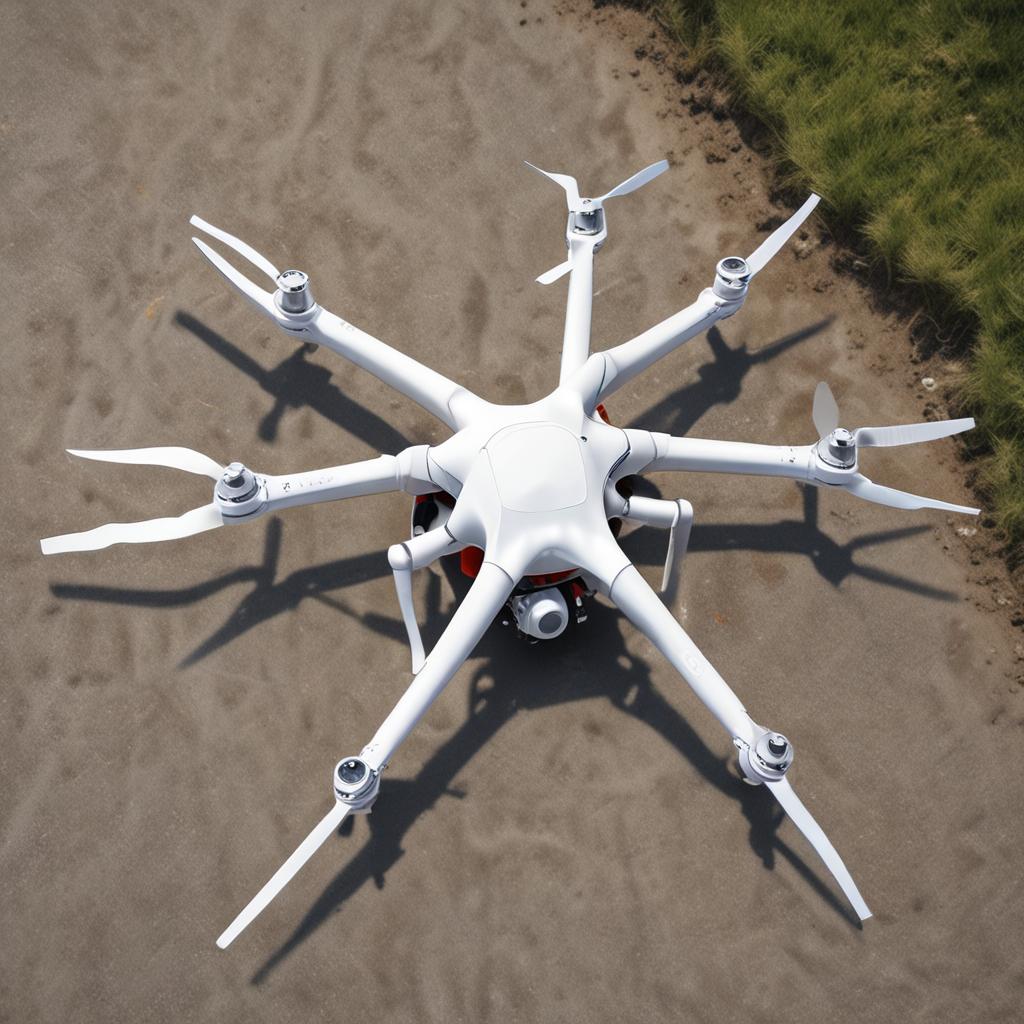For drone enthusiasts and professionals alike, flight time is a critical factor that determines the success of every mission. Whether capturing cinematic footage, conducting aerial inspections, or delivering packages, an extended flight duration allows users to focus on their goals without frequent interruptions. As technology advances, manufacturers are pushing the limits of battery life, enabling longer, more efficient flights. This article explores the top drones with the longest flight times, the factors that influence their performance, and how to make the most of your battery to elevate your aerial experience.
Introduction: Why Drone Flight Time Matters
The Importance of Extended Battery Life in Drones
Flight time directly impacts productivity and creativity in drone operations. For hobbyists, it means fewer landings and more time in the air for exploration. In professional settings like real estate or agriculture, longer flights allow for comprehensive data collection in a single session. Industrial applications, such as infrastructure inspections or emergency response, rely on uninterrupted operation to ensure safety and efficiency. Maximizing flight time also provides a competitive edge in commercial drone services, where time saved translates to cost reduction.
Understanding Drone Flight Time
What Affects Drone Flight Duration?
Several factors dictate how long a drone can stay airborne. Battery capacity, measured in milliampere-hours (mAh), is a primary determinant – higher mAh generally means longer runtime. Motor efficiency, propeller design, and payload weight also play significant roles. For instance, heavier drones consume more power, while poorly optimized propellers create drag. Environmental conditions like wind resistance, temperature extremes, and altitude add complexity, often shortening real-world flight times compared to lab-tested claims.
How Is Drone Flight Time Measured?
Manufacturers typically test flight time by flying a drone under controlled conditions until the battery depletes. However, advertised times often assume minimal wind, optimal temperatures, and no obstructions. Real-world scenarios involving obstacle avoidance systems, GPS tracking, or camera use can reduce actual flight duration. Additionally, FAA regulations in some regions limit commercial drone flights to 30 minutes for safety and compliance reasons. It’s essential to understand these nuances when evaluating a drone’s performance.
Top Drones With the Longest Flight Time (2023–2024)
DJI Mavic 3 Series – 45 Minutes of Flight Time
The DJI Mavic 3 Series sets the benchmark with an impressive 45-minute runtime. Its 5000 mAh battery, combined with intelligent flight modes and thermal management, ensures sustained performance even in demanding conditions. This makes it ideal for high-resolution photography, cinematic shots, and long-range inspections where every second counts.
Autel EVO II – 40+ Minutes of Flight Time
Featuring a 5,050 mAh battery and high-capacity propellers, the Autel EVO II delivers 40+ minutes of flight time. It competes closely with DJI models, offering 20MP image quality, advanced obstacle avoidance, and a user-friendly app. While slightly lighter in weight, it holds its own in both recreational and professional use cases.
Skydio 2 – 35 Minutes of Flight Time
Skydio 2 focuses on AI-powered autonomy, allowing it to navigate complex environments efficiently. Its 35-minute flight time is complemented by energy-saving algorithms, making it perfect for action sports, search-and-rescue missions, and dynamic filming scenarios where manual control is challenging.
Key Metrics
Performance metrics for What Drone Has the Longest Flight Time
DJI Mavic 3 Cine – 43 Minutes of Flight Time
Tailored for filmmakers, the DJI Mavic 3 Cine offers 43 minutes of flight time while supporting 4K/6K video capture. The extended runtime ensures uninterrupted shoots, but its larger payload and heavier build require careful balancing of performance and battery efficiency.

Autel EVO II Pro – 40 Minutes with 1” Sensor
The Autel EVO II Pro combines a 40-minute runtime with a 1” CMOS sensor for professional-grade aerial photography and mapping. While its camera demands more power than basic models, the drone’s optimized design mitigates this trade-off effectively for enterprise users.
Factors That Influence a Drone’s Maximum Flight Time
Battery Technology and Capacity
Modern drones use LiPo (lithium-polymer) or newer LiHV (lithium high-voltage) batteries. LiHV offers higher energy density, enabling longer flights without adding weight. However, larger batteries increase portability challenges and may require trade-offs with speed or agility. Choosing the right battery type for your use case is crucial.

Aerodynamic Design and Weight Optimization
Lightweight materials like carbon fiber and aluminum reduce power consumption, extending flight time. A streamlined body also minimizes drag, especially in windy conditions. Drones designed for efficiency, such as the Mavic 3’s foldable frame, often prioritize weight reduction without compromising durability.
Power-Consuming Features
Advanced features like GPS, obstacle avoidance, and high-resolution cameras significantly impact battery life. While these enhance functionality, they require careful management. For example, turning off GPS in open areas or using lower camera settings when possible can help prolong flight time without sacrificing core performance.
How to Maximize Your Drone’s Flight Time
Best Practices for Efficient Flying
Smooth, steady flight paths conserve energy better than aggressive maneuvers. Maintaining moderate altitudes and avoiding extreme temperatures also prolongs battery life. Additionally, using the latest firmware updates can improve power management, ensuring your drone performs optimally on every flight.
Battery Care and Maintenance Tips
Proper charging is vital – use balanced chargers and avoid overcharging to prevent degradation. Storing batteries at 40–50% charge when not in use preserves their lifespan, while replacing worn-out batteries ensures consistent performance. Always inspect batteries for swelling or damage before recharging.
Commercial vs. Consumer Drones: Flight Time Differences
Longest-Lasting Consumer Drones
Hobbyists benefit from models like the Mavic 3 and Autel EVO II, which balance portability, ease of use, and long flight times. These drones cater to recreational photography, casual videography, and enthusiasts seeking versatile performance without enterprise-level costs.

Industrial and Commercial Drones
Professional models like the DJI Matrice 300 (55 minutes) are engineered for endurance, utilizing swappable batteries and advanced power systems. These drones support critical tasks such as surveying, logistics, and large-scale monitoring, where extended runtime ensures safer, more efficient operations.
Conclusion: Choosing the Right Drone for Long Flights
When selecting a drone, prioritize flight time alongside key features like camera quality, portability, and budget. The DJI Mavic 3 remains a top choice for most users, while the Matrice 300 excels in commercial settings. Always weigh the trade-offs between battery life and advanced capabilities to find the perfect fit for your needs. By understanding how to optimize your drone’s performance, you can unlock its full potential for both creativity and productivity.
FAQ: Answering Common Questions About Drone Flight Time
What is the standard maximum flight time for modern drones?
Most consumer drones offer 25–45 minutes of runtime, while professional models can exceed 50 minutes. Variations depend on battery capacity, usage patterns, and environmental conditions.
Can I increase a drone’s flight time by upgrading the battery?
Yes, if the battery is compatible and designed for the model. However, non-OEM batteries may pose safety risks, so always opt for manufacturer-approved upgrades to ensure reliability.
Does higher flight time always mean a better drone?
No. Stability, camera resolution, and obstacle avoidance are equally important. A drone might sacrifice speed or payload capacity for extended runtime, so consider your specific needs before purchasing.
How do I check a drone’s flight time before purchasing?
Review official specs, user testimonials, and third-party benchmarks. Real-world tests often provide more accurate insights than advertised claims, helping you make an informed choice.
Are long-flight-time drones more expensive?
Typically yes, but the cost aligns with the utility. Professionals require these models for extended missions, while casual users might prefer mid-range options that balance price and performance.
